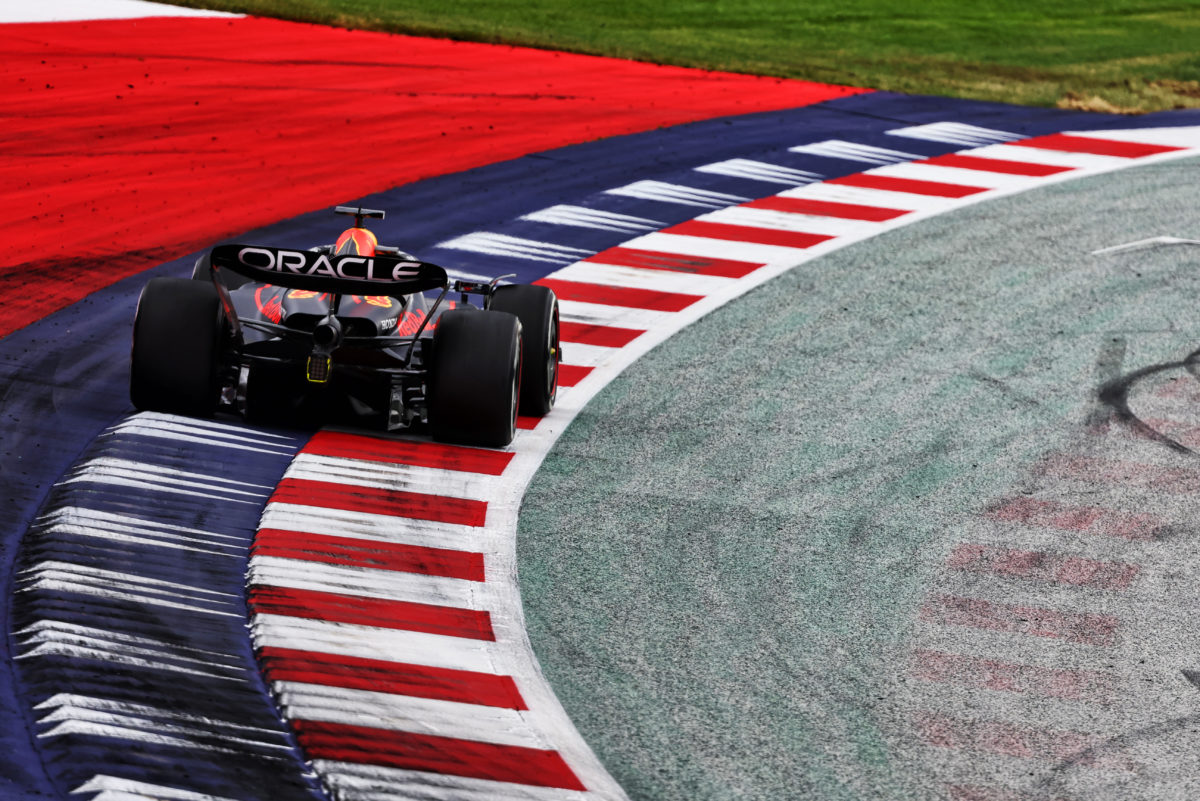

The FIA is to turn to AI technology across the Abu Dhabi Grand Prix weekend as it seeks ways to finally clamp down on the overwhelming volume of track limits breaches during an F1 season.
The number of offences has become a major bone of contention in F1, notably across the Austrian GP weekend where this year the FIA examined around 1200 transgressions, resulting in a number of drivers being penalised after the race.
That forced the FIA to further examine its practices, leading to eight people instead of four monitoring 820 potential breaches over the recent Qatar GP weekend, leading to 141 reports being sent to race control, and 51 laps deleted.
Tim Malyon, the head of the FIA’s Remote Operations Centre (ROC), claims that improvements made to the software have allowed his organisation to more comfortably make checks before turning them into reports.
“Now it’s simply a case of clicking down a list of reports and saying yes or no,” said Malyon, speaking to the FIA’s internal magazine, Insights. “When it comes to things like track limits, the ROC, at the moment, is a data-crunching facility.
“Will it evolve in the future? Honestly, I think it might evolve slightly in the direction of VAR (video assistant referee) where we actually nominate people working remotely as a so-called judge of fact in the motorsport terminology.
“But for the moment, it is a data-crunching resource designed to assist race control.”
The FIA previously used three methods of assessing track limits breaches – on-car, in terms of estimating its position relative to the track; loop detection, and manual, “via someone’s eyes”, according to Malyon. Loop has since been ditched due to the number erroneously being reported,
Single-seater head of information systems strategy Chris Bentley explained: “We’ve turned off loops now for every circuit unless there’s a chicane because it just gets in the way of what we’re trying to achieve.
“Ultimately, the rule of thumb is that if it’s too close to call, then the benefit of the doubt goes with the driver.”
Malyon insists, though, the FIA’s aim is to further improve technology, with the next step being Computer Vision which “involves shape analysis, where we have a line that is the track edge and the software works out the number of pixels past that line”, said Bentley.
Expanding, Malyon said: “At the moment, we’ve ‘brute forced’ the situation by saying ‘we need to make thousands of checks, how do we do that’?
“Well, we throw people at it, because that’s the most accurate solution. What we’re looking to do now is introduce a level above ROC, and that’s AI software.
“Again, it might sound strange but the methodology with this AI has a lot of parallels with discussions going on in medicine at the moment and the use of Computer Vision, for example, to scan data from cancer screening.
“What they’ve concluded is they don’t want to use the Computer Vision to diagnose cancer, what they want to do is to use it to throw out the 80% of cases where there clearly is no cancer in order to give the well-trained people more time to look at the 20%, and that’s what we are targeting.
“So, as we said, currently it’s 800 down to 140, down to 50. What we’re targeting with the AI is to take that 800 down to 50 – to remove the ones that clearly don’t need a human review.
“So we have two layers of check now, and we’ll add the extra Computer Vision layer upstream. That will allow the expert users in the ROC to look at a smaller number of potential infringements, which should further reduce the number of reports that go to Race Control, and overall increase the speed of processing.”
Malyon states that in what will be the third year of the ROC next season “the biggest imperative” will be “to expand the facility and continue to invest in software, because that’s how we’ll make big strides.”
He concluded: “And the final takeaway for me is to be open to new technologies and continue to evolve.
“I’ve said repeatedly that the human is winning at the moment in certain areas. That might be the case now but we do feel that ultimately, real-time automated policing systems are the way forward.”





















Discussion about this post